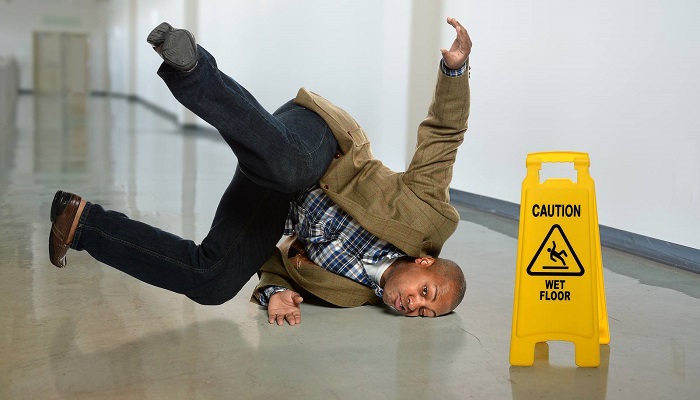Slip and fall accidents affect thousands of people in the US daily, with more than two thousand of those ending up in emergency rooms. Although these incidents are often not anyone’s fault, it is possible to make a premises liability claim in some situations.
Premises liability law holds the owner of the property where the accident occurred liable in case they did not do their due diligence in securing the premises. In other words, if the property owner knew about or caused the property defect and did not put up warning signs, they can be sued when someone gets injured.
However, proving negligence in slip and fall accidents can be a difficult task that only lawyers experienced in this specific field can accomplish. Still, if you are curious about the process of proving negligence, we will outline its basics here.
Collecting Evidence to Build a Case
An experienced slip and fall attorney will start by investigating the case and collecting evidence to present to court. The evidence in question may include the following:
- Injuries resulting from the incident
- Pictures and videos of the dangerous conditions on the premises
- Proof that the property owner was aware of the potential hazard
- Eyewitness testimonies if any are available
- Incident and police reports
- Surveillance camera footage, if possible
- Physician reports and medical records
Once the evidence has been collected, the slip and fall attorney will need to discover which negligence standard applies to your case.
How Negligence Standard Is Determined
To determine a negligence standard, an explanation of the victim’s presence on the property where the injury occurred must be provided. Depending on the explanation, your lawyer will advise you on what legal option to pursue. Typically, you can either file for worker’s compensation if you have been injured at your workplace as an employee or submit a personal injury claim.
If we are speaking specifically about personal injury claims, it is essential to determine the claimant’s legal status. Here are the three that are commonly encountered in slip and fall cases:
• Invitee – the victim was invited to the property to conduct business and should be guaranteed safety and protection;
• Licensee – the victim was invited to the property for a purpose other than conducting business and should also be guaranteed safety and protection;
• Trespasser – the victim entered the property without permission and is therefore not owed any protection by the owner. However, even trespassers can win slip and fall lawsuits if they can prove there was a good reason for visiting the property despite not being invited.
Once the negligence standard and the claimant’s legal status are determined, the slip and fall lawyer can decide on an appropriate approach.
Find a Reliable Slip and Fall Lawyer to Build Your Case
Slip and fall cases are pretty nuanced, so it is crucial to find a lawyer who has dealt with similar claims frequently. If you’re unsure where to start looking, simply google “slip and fall lawyer near me.” That should give you a list of law firms that specialize in these cases, and you can choose the right one by reading other clients’ experiences and reviews.


















